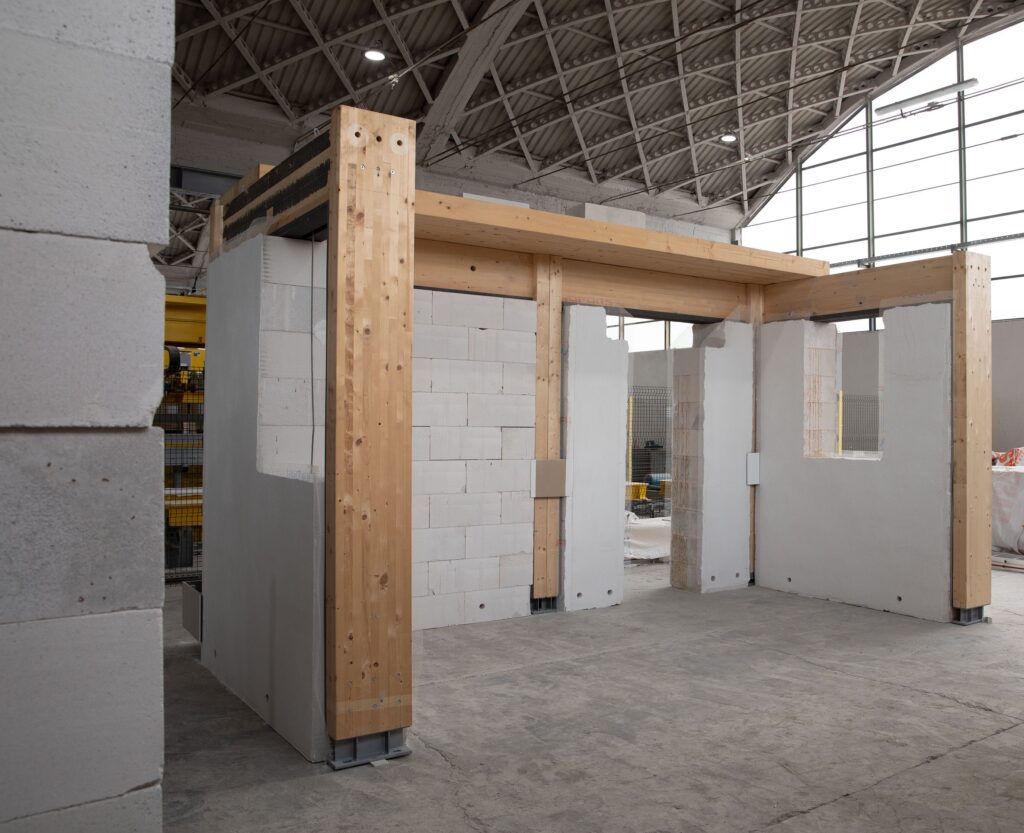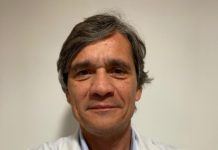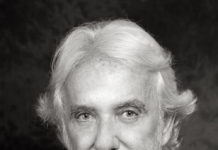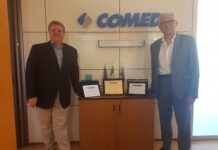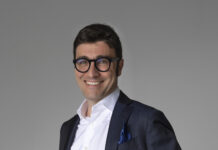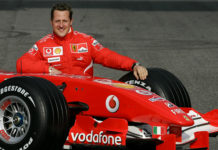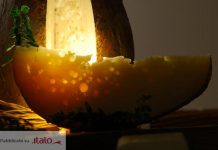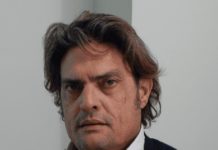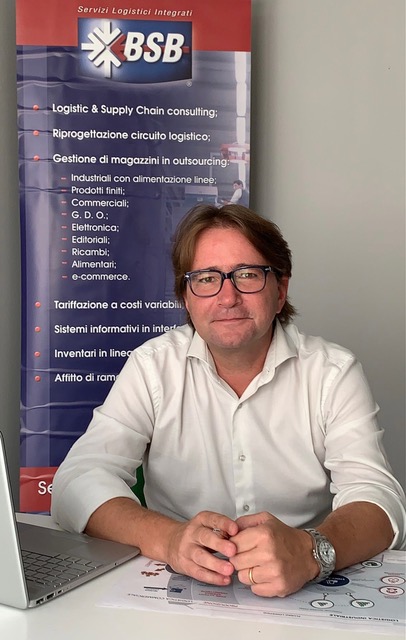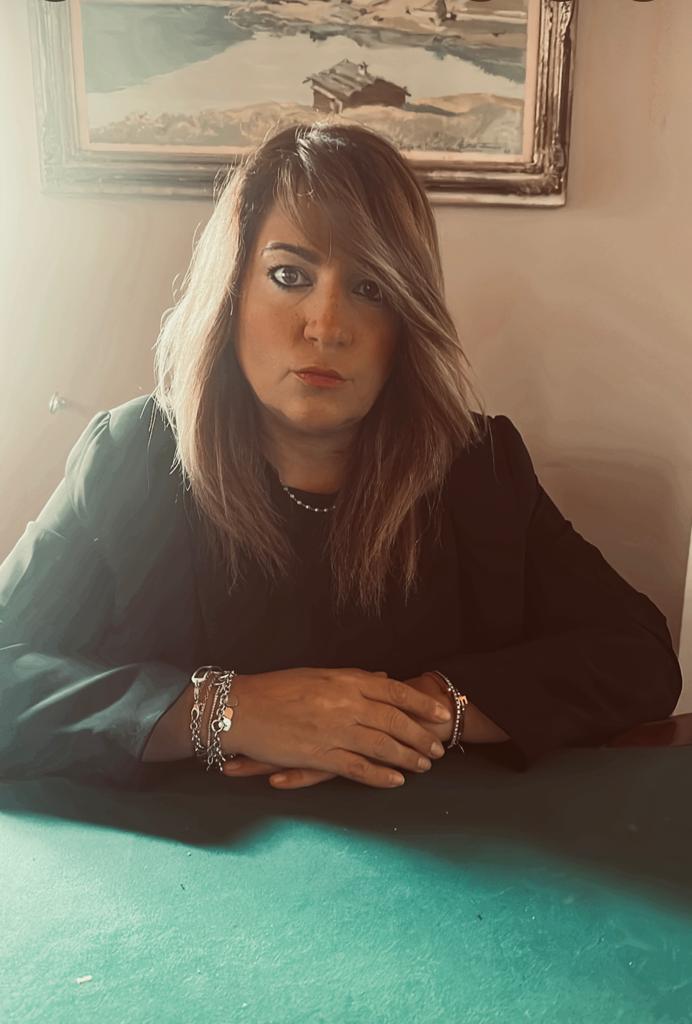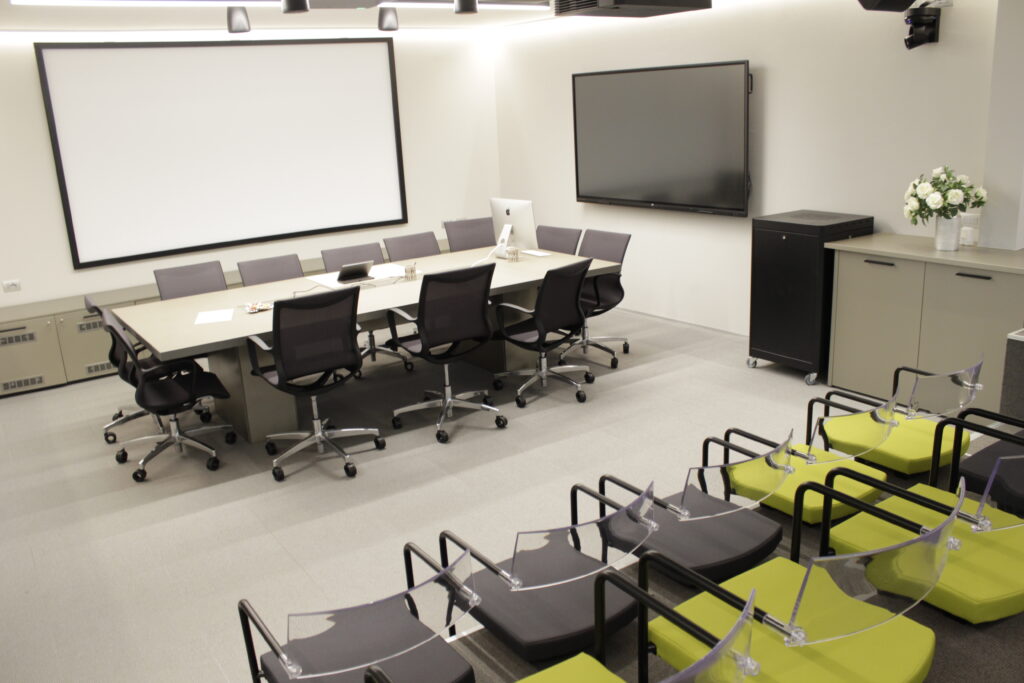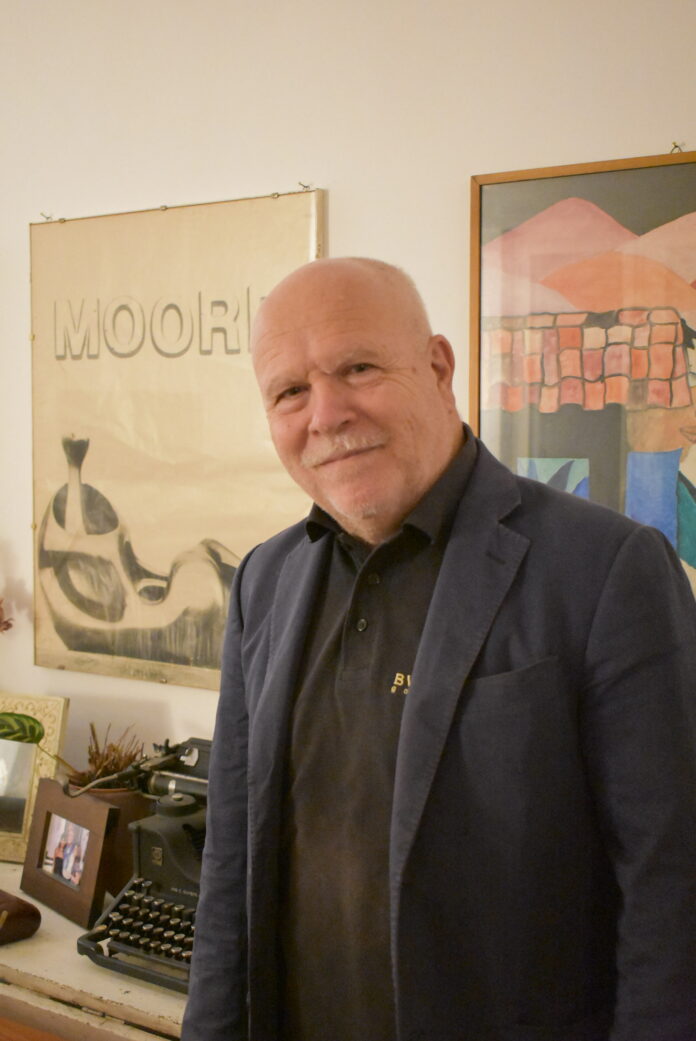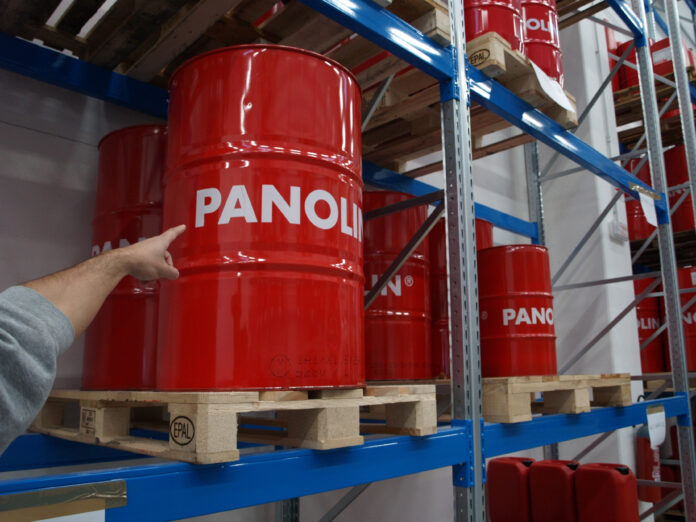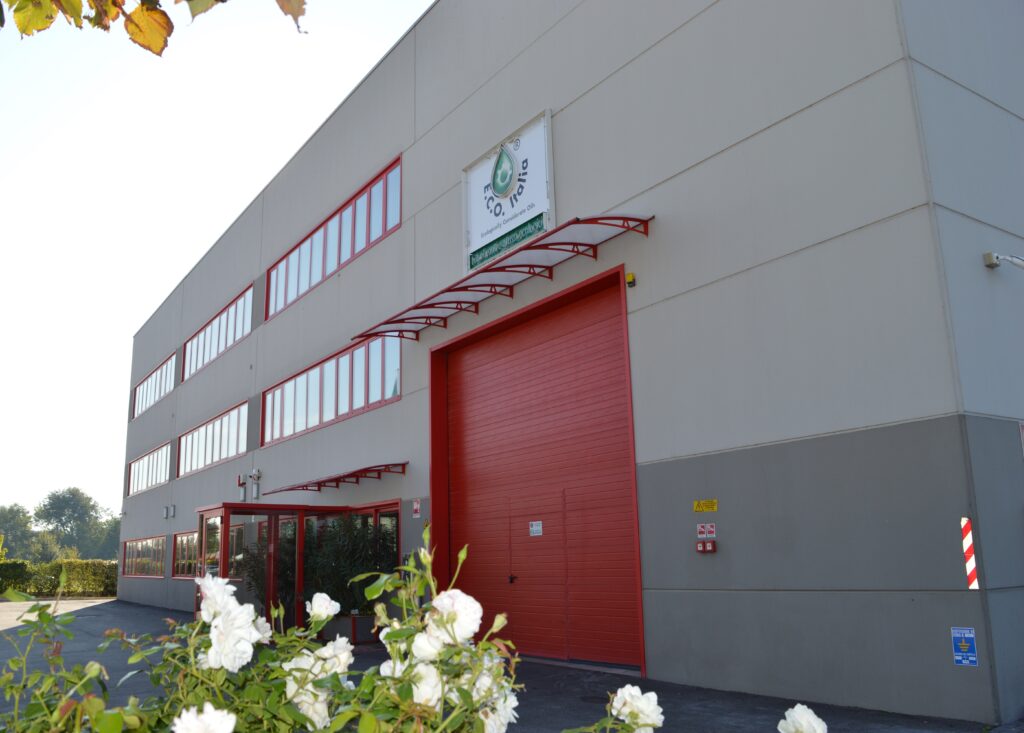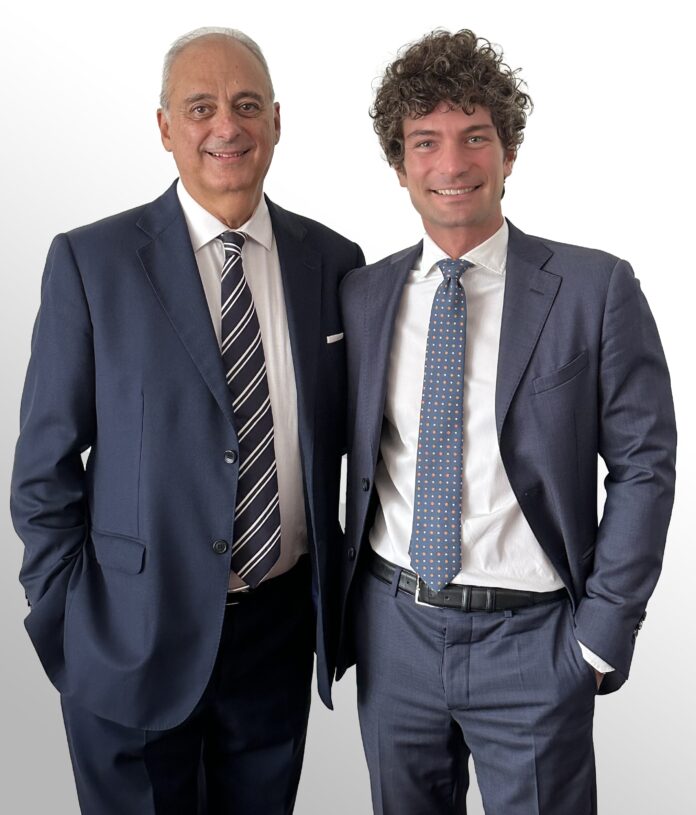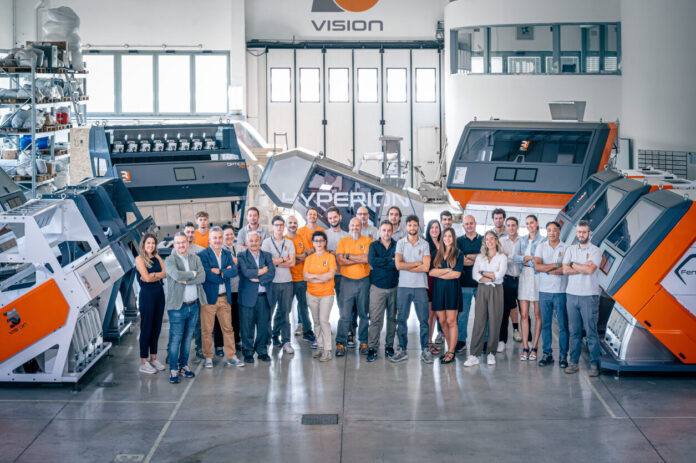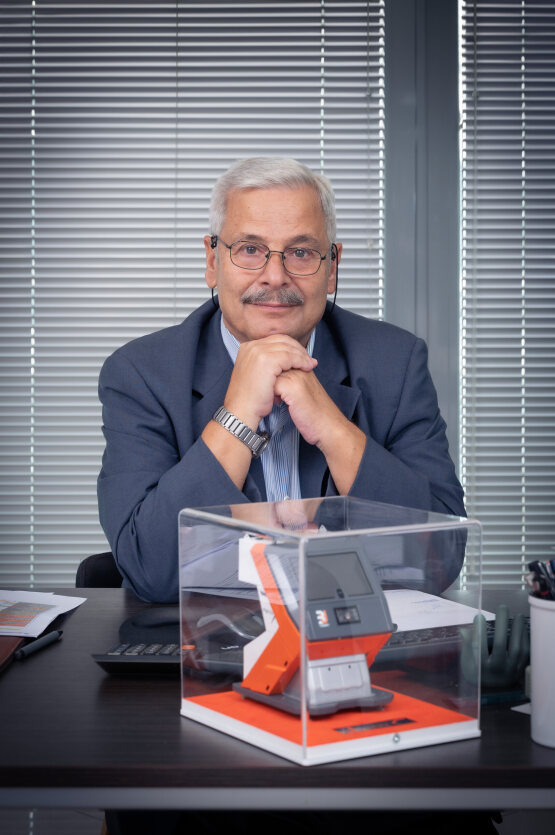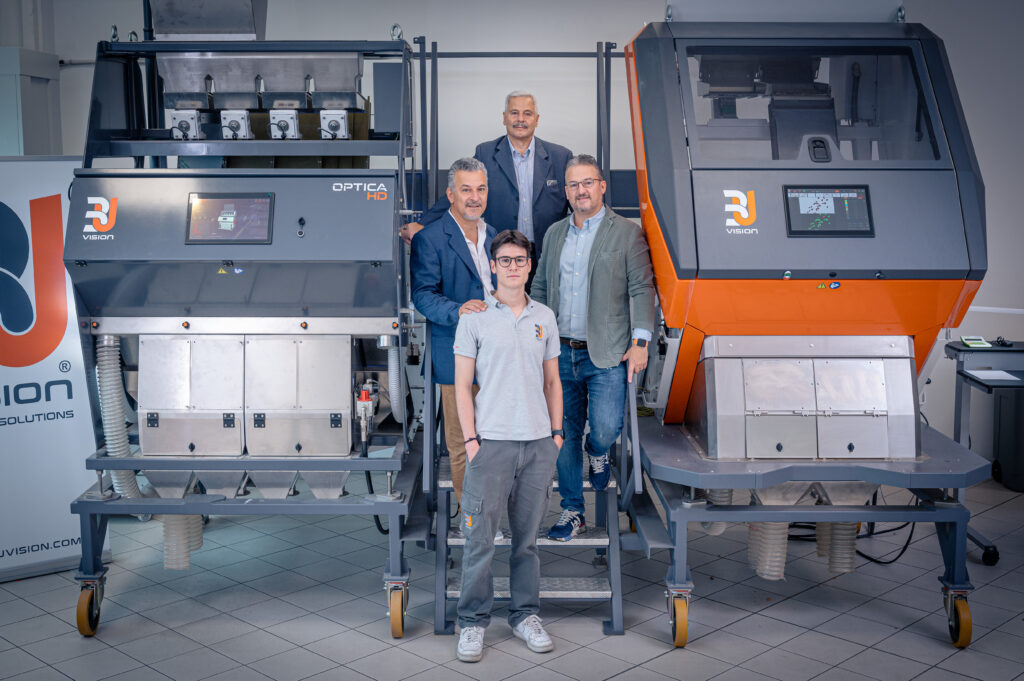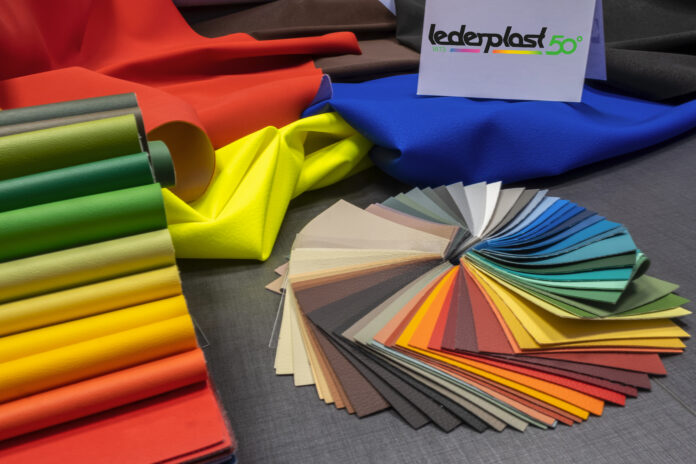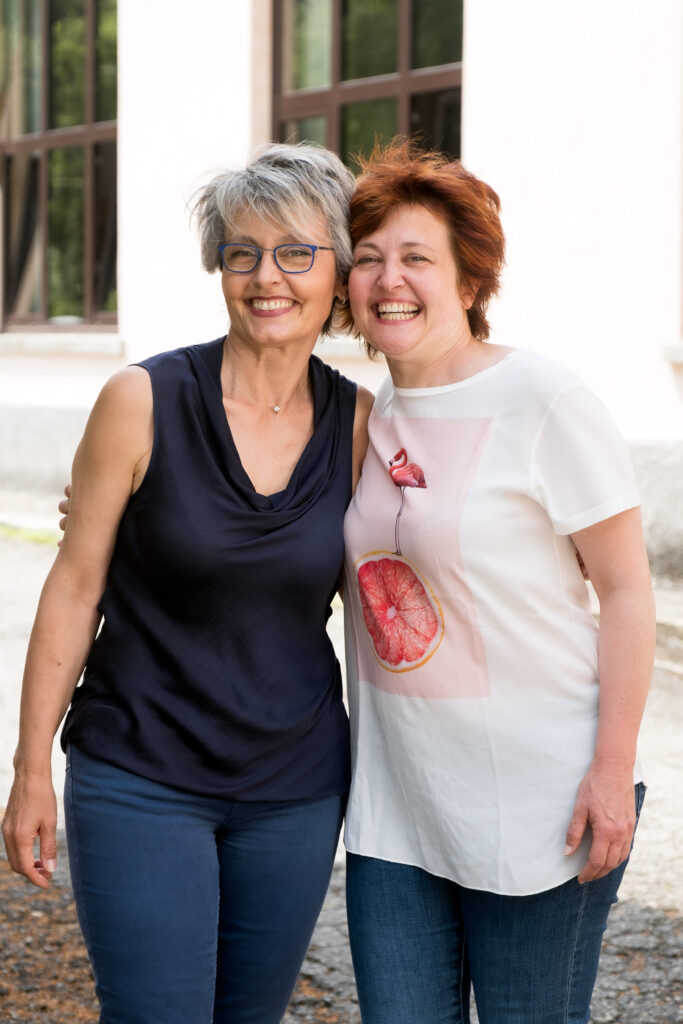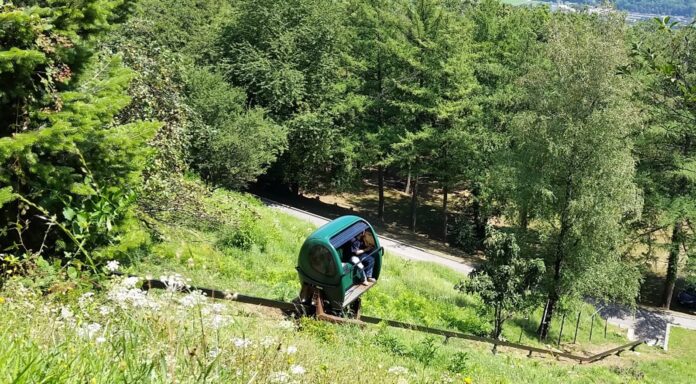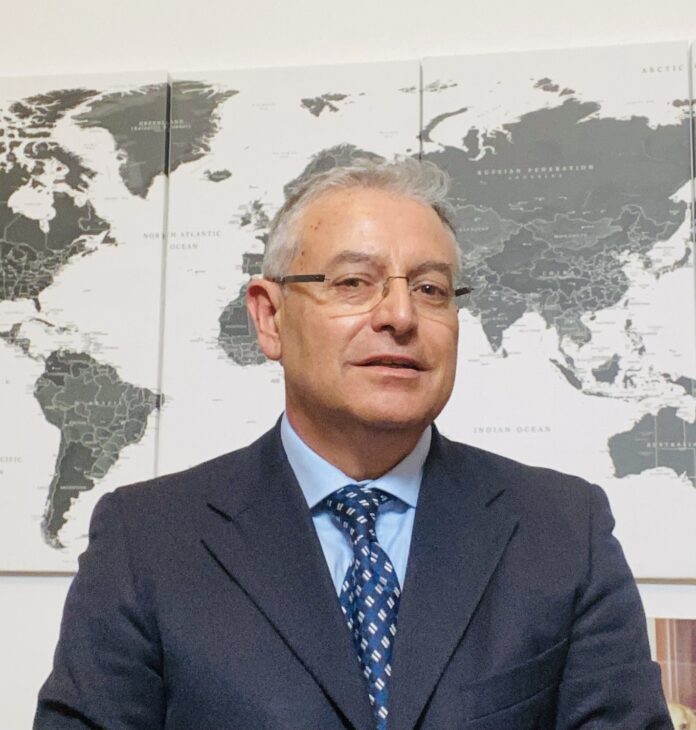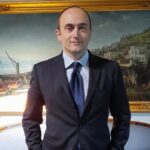Established in Volla in 2016, when a family of far-sighted entrepreneurs decided to purchase the industrial facilities of the Italian-German multinational RDB HEBEL S.p.A., which had gone bankrupt following a deep crisis in the sector, EKORU S.r.l. is a company highly specialised in the production of construction systems made of mineral materials. Thanks to a strategic vision and highly specialised know-how, this innovative company, which is unique in Italy, is poised to revolutionise the construction market, clearly differentiating itself from its numerous competitors thanks to its intensive Research & Development activities. Vittorio Chiurato, Marketing Manager of EKORU, in this long interview talks about the future challenges that the company is called to face in an increasingly digitalised and competitive context.
by Roberta Imbimbo

Dr Chiurato, with what mission was EKORU born?
EKORU was established in Volla in 2016 with the ambitious goal of becoming an important reference point in the building sector, focusing on the high quality of the performance offered, on the innovation of materials and construction processes, increasingly oriented towards environmental sustainability and modern, safe building. Its core business is the production of highly insulating blocks used to construct highly energy-saving buildings. Thanks to a strategic vision and an innovative business approach, EKORU has from the outset invested significant resources in Research and Development – over 8 million euros since 2017 – to succeed in innovating not only the materials used (now highly insulating, fire-resistant, breathable, ecological, recyclable and certified) but the entire construction process, making it increasingly efficient, fast and safe. For several years now, in fact, there has been a clear need for a paradigm shift to overcome certain problems related to the management of the construction site phase (where the highest percentage of errors and unforeseen events are concentrated, both for external reasons, such as weather conditions, and operational ones), and to the installation of materials; all factors that strongly influence the quality of the final works and the respect of construction schedules. Thanks to valuable collaboration with research organisations of great national importance (first and foremost the Federico II University of Naples), EKORU was able to devise a unique system based on the use of robotic technologies and increasingly automated and digitised industrial plants.

What was the ultimate goal that gave impetus to this relentless research activity?
The goal was to develop a new building system as a whole, industrialising the manufacture of bespoke building components to be used to construct efficient, safe and comfortable buildings. The most intricate and complex stages of the process are now carried out automatically within the factory: unlike in the past, the building parts are no longer manufactured on site, but are engineered from the design phase, pre-constructed off-site and then assembled on-site, using carefully tested state-of-the-art technologies. The digital prefabrication of building components is undoubtedly a true revolution for the entire construction industry, as the automation and industrialisation of processes within the factory allow for greater precision in construction, significantly reducing human error in workmanship and simplifying the site management phase. Today, EKORU is the only company capable of proposing a new composite construction method that integrates different materials (wood, steel, mineral masonry) by adopting automation and off-site construction technologies; a high added-value and competitive peculiarity that enables it to meet the needs of all those companies that have a very strong innovative spirit and/or have special needs in terms of improving site times, greater safety in the workplace and better performance during the construction phase of buildings. By fully embracing the paradigms of Industry 4.0, EKORU has succeeded in asserting its leadership in its reference market – by far exceeding the expectations of all stakeholders in terms of digitisation, innovation, environmental sustainability and circular economy – and in growing significantly both in terms of turnover (average growth in recent years has been 13%) and in terms of organisational structure (it now has around 70 highly qualified employees) and geographical expansion (it operates throughout Italy and is now beginning to enter international markets).
So many achievements in not so many years. Future goals?
The most important challenge is certainly to establish our new construction system, placing ourselves on the market as a single, qualified and reliable interlocutor for construction companies that want to differentiate themselves and face the future with adequate weapons. A very important objective for which we have taken action by internalising numerous strategic activities necessary to provide an all-round service, from design to construction site implementation. Where, on the other hand, we are dealing with activities that cannot be internalised, we are establishing valuable partnerships with other manufacturers and installers of those technologies that today are extremely necessary to optimise the management of the building, contributing in a fundamental way to the cancellation of the traditional distance, both physical and managerial, between the project and the construction site.

For more info (https://ekoru.it)
